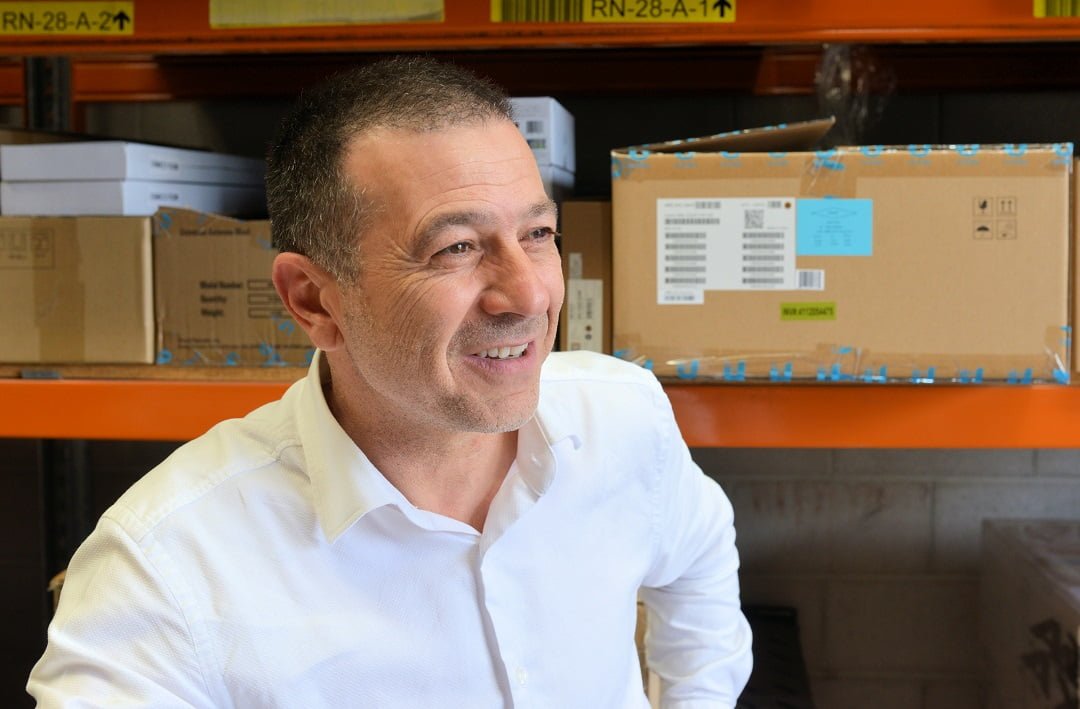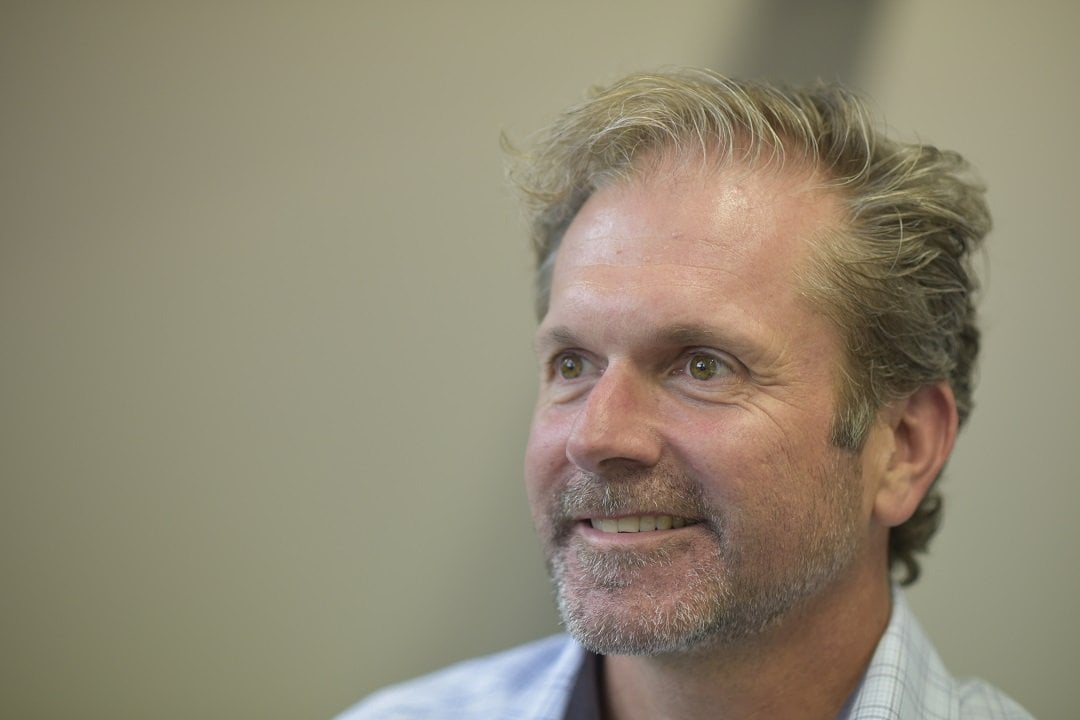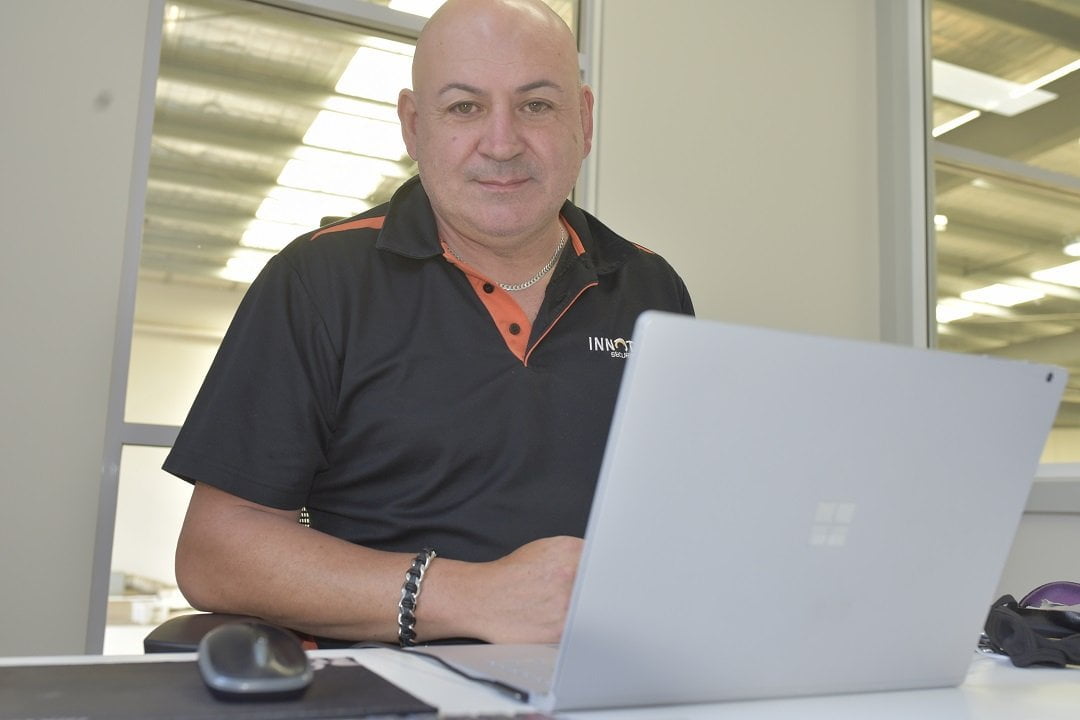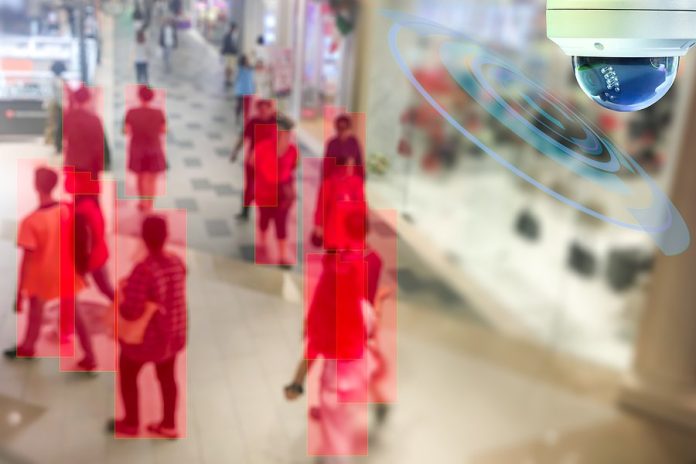Over the past couple of years the electronic security industry has been impacted by the challenges of COVID-19, which has accelerated some areas of business and slowed others. SEN spoke to suppliers and consultants to discover more about who has been impacted and how, and what areas they think installers and integrators should focus on moving forward.
While the electronic security has been impacted by COVID-19, talking with security integrators, suppliers and consultants, it seems the nature of that impact has varied. But what’s interesting is that for most, the challenges haven’t related to a slowdown in business, but to other factors entirely.
According to Zaki Wazir of Video Security Products, broad business conditions have been fine.
“We have continued on our growth path over the last 2 years, hiring a number of key personnel and opening a second branch in Victoria,” he said. “The biggest challenge we have faced and continue to face into 2022 is supply chain issues. Regardless of projections, lead times continue to grow. We have had no choice but to substantially increase our inventory levels, to the point where we are running out of warehousing space.”

Wazir said other than supply chain challenges, there is growing concern over product origin.
“Fortunately, we have a robust product range,” he said. “I thinak on-board camera AI and camera smarts is certainly the trending technology we are seeing and it’s an area on which installers should be focusing.
Moving into the next year, Wazir said VSP’s strategy was to focus on easy to purchase and deploy video bundles.
“Our strong relationship with Milestone, Axis and Dell has allowed us to build cost effective solutions that installers can tailor for many applications,” Wazir said. “We will be marketing more Edge recording on cameras and the move to cloud-based systems.
“Our team spirit is very good. We survived a very challenging 2-year period without so much as requiring staff to take leave. Instead, staff saw continued growth and had no job security stress placed upon them whatsoever.”
For security consultant Scott Myles, the past couple of years has ebbed and flowed.
“It’s been a roller coaster ride with restrictions and lockdowns, with some of our clients holding off on new infrastructure projects and others taking advantage of lack of occupancy and moving forward,” Myles said. “Although we had some quiet periods, when things bounced back, they bounced back with vengeance. In the end, although we came out in a good position, the marketplace that we operated in was somewhat polarised.”
Myles said a lot of uncertainty around Covid remained and would likely impact on conditions in 2022.
“I don’t think there would be an organisation or sector out there which is not concerned about global environmental and political challenges that affect pricing and the supply chain,” Myles said. “This will require businesses to carefully consider their options when navigating through this potential mine field.
“One thing that has stood out for us is the way we now work – with many of us working from home – we see challenges revitalising CBDs, and are unsure what the long-term effects of this trend will be for our cities, or the role security might play in this transformation.”

Consultant, Scott Myles.
According to Myles, there are some key market trends that stand out.
“System unification and third-party integration has certainly increased over the last 12 months, with our clients enjoying the benefits automation provides,” he said. “In addition, analytics are now becoming more prevalent, with an increase in the use of more traditional real time functions, such as LPR, intruder detection, etc, as well as post-event analytics.
“In addition, we are seeing an increase in the number of ‘cloud first’ policies being implemented by large organisations and governments, and these bring their own set of challenges, in particular with CCTV compute and storage, as well as the old chestnut – the pros and cons of opex vs capex.”
When it comes to what should installers and integrators be focusing on in 2022 Myles thinks operations.
“What I would like to see is integration companies focus more on the end user’s operational challenges and spend more time setting up the various user interfaces and automation processes to enhance the user experience,” Myles said. “Often when the project is completed, the integrator is keen to get to the next project, and much of the system’s functionality is under-utilised, or the client is unaware of the system’s power.
“There are many instances where we have reviewed an existing solution and found it already has the functionality to resolve the clients’ issues or enhance the user experience, and the client has either been unaware of this, or the solution has not been fully set up when commissioned.”
According to Myles, ICS-Group has a number of strategies to drive business growth into 2022.
“There are some exciting developments currently underway for ICS-Group to advance our mission in ‘Creating Safer Places’ for our clients, and we look forward to the journey and talking more about this in the future,” he said. “However, our growth strategy has always been to align ourselves with our clients’ strategic requirements and provide the best knowledge-based services in the industry, and this will be no different for 2022.
Rob Meachem BGW Technologies describes the last couple of years as “unpredictable and unprecedented”.
“Never in my 32 years in the security industry have I seen an environment that can change in a moment’s notice,” Meachem said. “Coupling this with other colliding issues makes the whole situation unprecedented.
“Here are just a few of the things that have cropped up in recent time: Panic buying, COVID safe plans, FX volatility, massive supply chain issues (too many to name them all), lockdowns, travel restrictions, staff stress, staff shortages, working from home, sales slowdowns followed by sales surges, just to name a few.
“I would say the ability to be agile has never been more important, while having really strong communication with everyone (staff, owners, customers and suppliers) is more important than ever before.”

Rob Meachem, BGW Technologies.
When it comes to the major challenges of 2022, Meachem said they were likely to be similar to the challenges of 2021.
“It’s not over….so all of the above issues will apply – there will also be additional supply chain issues and challenges of finding good people – that said, I hope for a 2022 free of lockdowns and travel restrictions!”
Meachem’s take on market trends is of particular note.
“The 2 trends that strike me most are firstly AI – at the edge,” he said. “I’m not talking the marketing spin that some manufacturers use as a punch-line to hide their lack of product development. It’s more the ability for cameras to create metadata that determine attributes of objects and events in a video/audio stream and then create alarms or searchability to make our technologies more usable for security, operations, marketing and safety.
“Attributes like direction, gender, age, hair colour, facial hair, wearing glasses, wearing masks, clothes type and clothes colour, defining sounds, distinguishing the different types of objects (sedans, SUVs, utes, buses, 2-wheels, trucks and the colour of these objects), and assigning them defining attributes,” Meachem said. “I think this is the game changer and those who don’t have solutions with these capabilities may quickly be left behind.
“The second trend is around supply chain. For too long, manufacturers and distributors have run on a just-in-time mentality, and people are getting caught out big time, which is creating opportunities for the more agile and customer-focused suppliers to take advantage.”
When it comes to what installers and integrators should be focusing on in 2022, Meachem said one thing stood out and it was not only installers who needed to take note.
“Everyone in the security industry needs to start investing in bringing in new people, or we are going to be unable to keep up with demand and there will be a massive increase in wages and, ultimately, in the cost of doing business,” Meachem said. “When I say everyone, I mean everyone – security integrators, distributors and manufacturers, too. We all need to step up and invest in bringing new blood into our industry.”
What are the strategies in terms of growing the BGW Technologies’ business over the next 12 months?
“Nothing changes for us – we believe loyalty is created by delivering people, product and service at such a brilliant standard that customers/people feel compelled to keep coming back for more – this has been even more important in the last 2 years,” Meachem said.
“What I am most proud of is how well people in our team have supported each other and our customers through some very challenging times.”
According to Innotec Security’s Rob Rosa, the team has experienced a tough 2-year period with fluctuating market conditions.
“Some clients cancelled orders, there have been equipment shortages, but we have been fortunate to have stable clients that still required service and maintenance, and a few projects that continued throughout the pandemic,” Rosa said.
“I can confidently say that many businesses have been impacted negatively but luckily (and depending on your client base), it has hurt some worse than others. For Innotec Security, we were gathering great momentum pre-Covid-19 but the last 2 years has seen us stabilise, so we won’t really complain about it too much.”

Rob Rosa, Innotec Security.
When it comes to the major challenges of 2022, Rosa points to staff shortages, equipment shortages and clients wanting installs done very quickly.
“That said, we feel 2022 will be a good year of growth – we are already seeing good signs post re-opening in Victoria,” he said. “When it comes to key trends, I think that planning and re-opening buildings and identifying who and how many people are in multi-tenanted commercial buildings will play an important part next year.
“Surveillance and access control will continue to develop, and biometrics and identification will also play a part in emerging trends. I won’t talk about vertical markets, as we are also looking at expanding into new market sectors that we feel have good growth potentials, but we see lots of potential. We have some great new products, including a very smart card reader that does everything from temperature checking, issuing QR visitors codes and many other features.”
When it comes to what installers and integrators should be focusing on in 2022, Rosa said most things remain the same.
“Nothing really changes here,” he explained. “Delivering great customer service, great product and great after sales service remains a key focus for us. Listening to client requirements, restarting our Innotec Lunch and Learns, and keeping in touch with clients will be the focus for my department. While Stuart (Pitcher) continues to focus on the technical and operational side of the business. He is always looking at improving and emerging technologies so that he can deliver the old cliché of ‘World’s Best Practice’ in equipment and delivery strategies.
“Strategically, it’s about re-connecting personally with clients, identifying new business opportunities and employing a new BDM in assisting in this strategy,” Rosa said.
“In Victoria we have had approximately 263 days of lockdowns and in between those days restrictions were harsh. In the aftermath, the team is very focussed on taking off at the point we were in March 2020. It’s all about clients, product and delivery. We are pretty excited about 2022.
“The team is highly motivated and has been throughout the pandemic. We are a very tight group and continually bounce ideas, frustrations and new opportunities around on a daily basis. Even during lockdown, given we were an essential service, we minimised who attended the office among many other strategies, but one thing was for sure, we continually communicated to ensure the wellbeing both mentally and physically of all staff, as well as to keep up with what was happening.”
#sen #sennews












